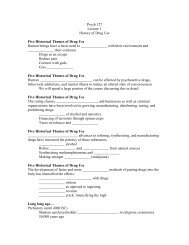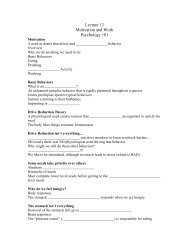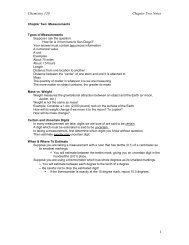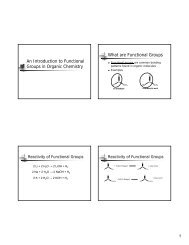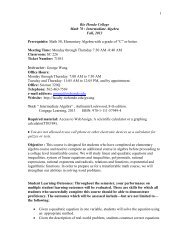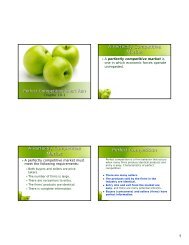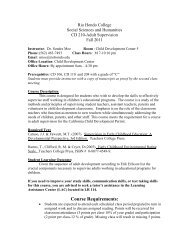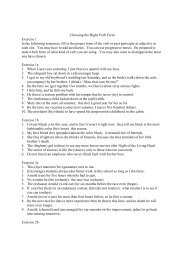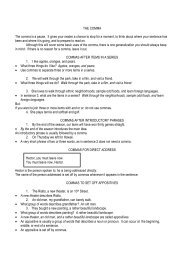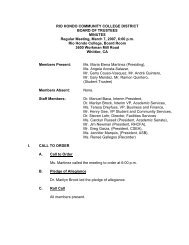Green Building and LEED Core Concepts Guide First Edition
Green Building and LEED Core Concepts Guide First Edition
Green Building and LEED Core Concepts Guide First Edition
You also want an ePaper? Increase the reach of your titles
YUMPU automatically turns print PDFs into web optimized ePapers that Google loves.
The study concluded that the federal<br />
government's green buildings outperform<br />
national averages inall measured<br />
performance areas-energy,<br />
operating costs, water use, occupant<br />
satisfaction, <strong>and</strong> carbon emissions<strong>and</strong><br />
that buildings achieving <strong>LEED</strong><br />
Gold certification achieve the best<br />
overall performance. The agency attributed<br />
this performance to a fully<br />
integrated approach to sustainable<br />
design that addressed environmental,<br />
financial, <strong>and</strong> occupant satisfaction<br />
issues.<br />
""<br />
.<br />
o<br />
, . ,<br />
I • <<br />
i<br />
ENERGY USE INTENSITY<br />
(kBlu/sf/yrl<br />
Figure 3. Energy Use IntenSlt>es for Sustain abl y DeSIgned U.S. Government Buildmgs<br />
(Soulce: GSA 2008)<br />
The led b ~ r In dIcates the national a'ffllage energy use Inlenslty.<br />
,-<br />
I<br />
-<br />
Making buildings more comfortable <strong>and</strong> productive for<br />
their occupants has special significance in light of studies<br />
conducted by the U.S. Environmental Protection Agency<br />
(EPA), which fou nd that people in the United States spend,<br />
on average, 90% of their time indoors, where they may be<br />
exposed to pollutant concentrations two to 100 times higher<br />
than outdoor levels. Occupants of green buildings typically<br />
have significantly greater satisfaction with air quality <strong>and</strong><br />
lighting than occupants of conventional buildings. Case<br />
studies show that these benefits can translate into a 2% to<br />
16% increase in workers' <strong>and</strong> students' productivity. And<br />
even small increases in productivity dramatically Increase<br />
the value of the building.<br />
What is the cost of these benefits lfwe view sustainability as an added feature of a building, we<br />
would consider efforts to reduce energy costs or improve indoor environmental quality comparable<br />
to specifying a better grade of countertop or a more impressive front door: any improvement beyond<br />
a minimally code-compliant baseline is an added cost. This perspective often leads to conclusions<br />
that green buildings cost slightly more than conventional buildings, with estimates ranging<br />
from 2.% to marc than 5%. If, however, we consider energy improvements as pall of an integrative<br />
design, the added costs are often balanced by new savings. Forinsrance, specification of more costly,<br />
high-performance windows may allow for the use of a smaller, lower-cost heating, ventilation, <strong>and</strong><br />
air-conditioning (HVAC) system. More fundamentally, if we view sustainable design as part of the<br />
<strong>Green</strong> Bui ld ing 11




